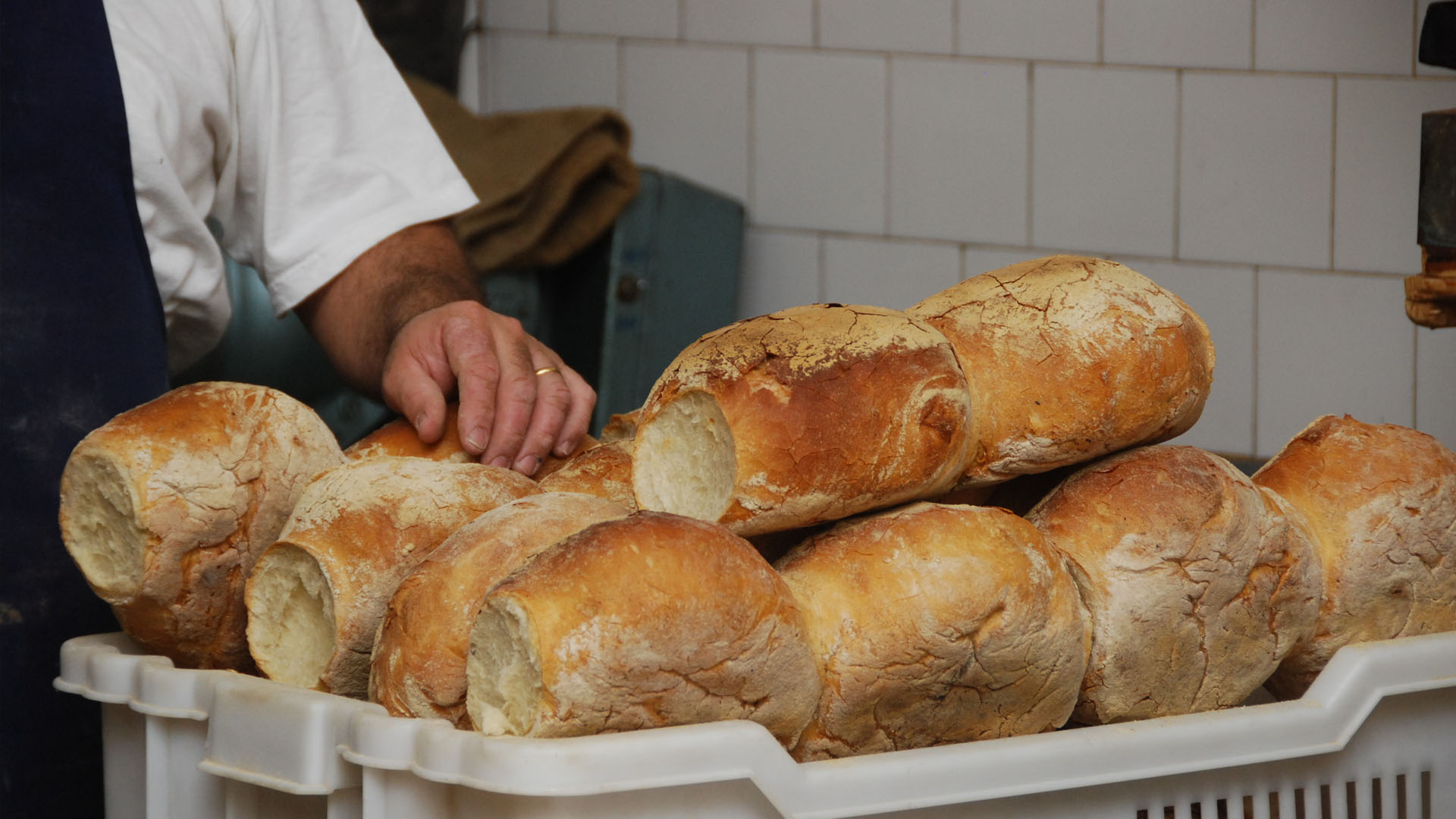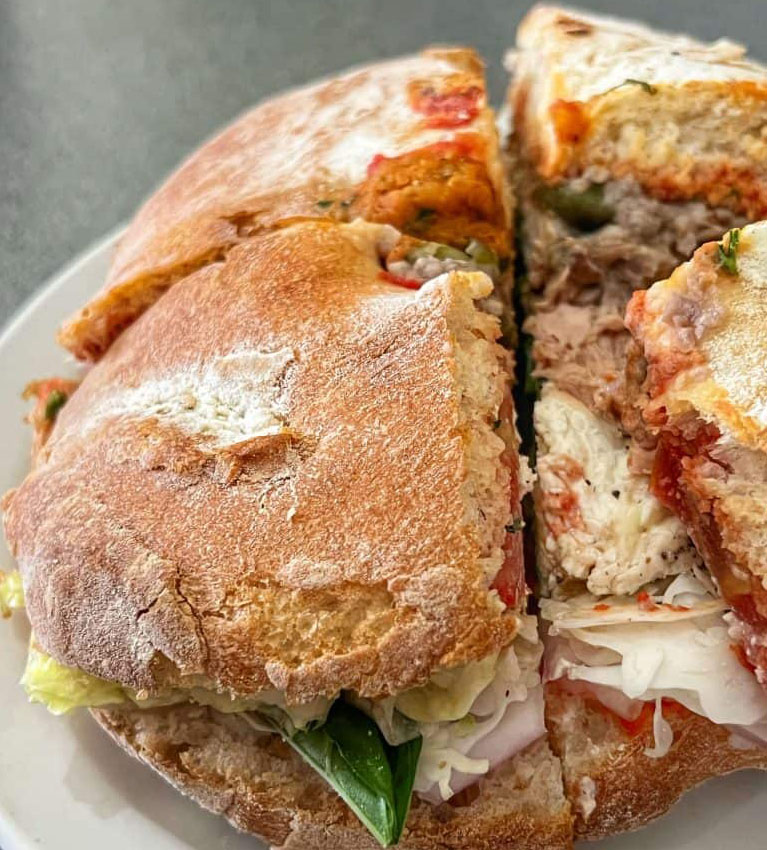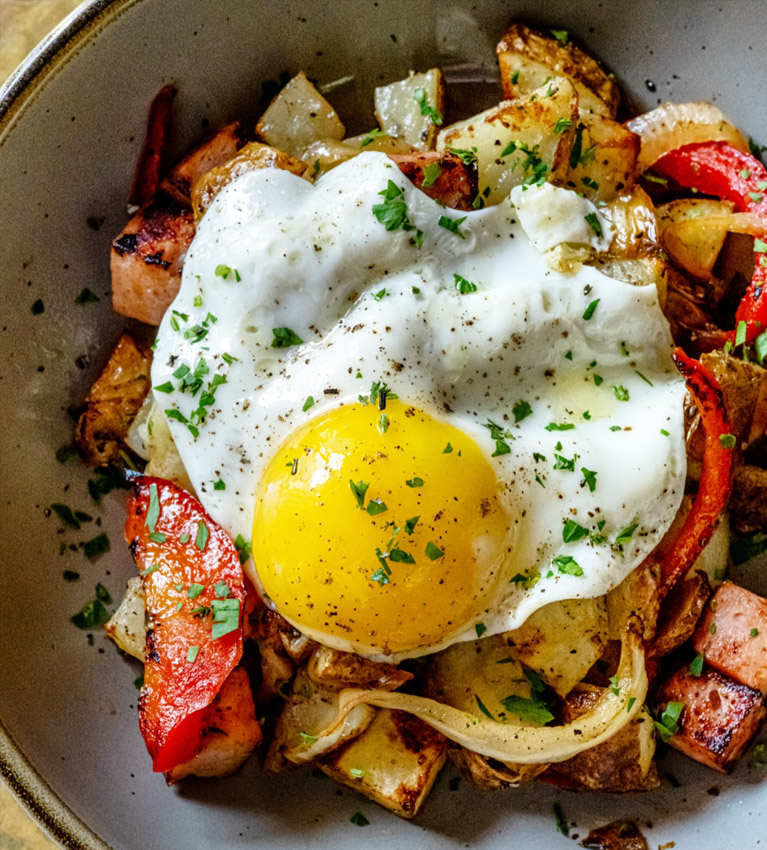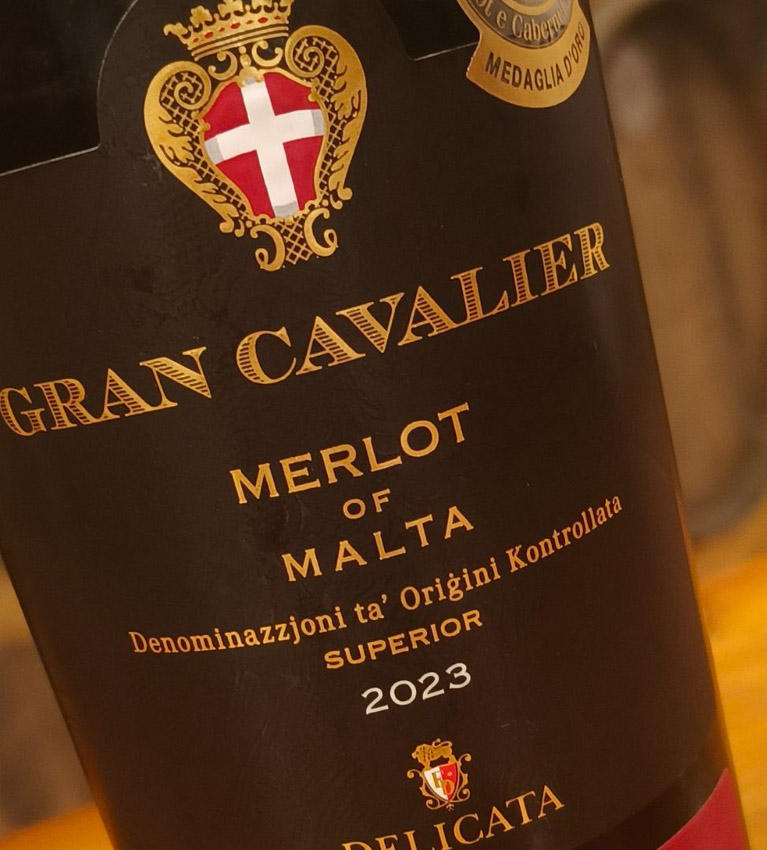
A New (York) Look at Baking in Malta

Interview: Chef Fábio Alves of SUBA Restaurant in Lisbon, Portugal
April 19, 2023
Why Local? The Challenges and Opportunities of Small
April 25, 2023As a Pastry Chef, Baker, and New Yorker, I am well-versed in the art of making, fermenting, baking, and most of all eating sourdough bread.
On the West Coast of the United States, specifically San Francisco, there is a foggy climate that yields the perfect environment for the wild yeast cells and bacteria that give sourdough its characteristic flavor. The loaves there are tangy, soft, well-aerated and have a distinct, pungent, and unmistakable sourness. This is the most popular style in America and the most typical variety you will find.
In New York City, you can see the techniques of sourdough production innovated, modernized, and applied to baked goods that go beyond the classic loaf. We see sourdough bagels, sourdough pizza, and even sourdough infused into sweet breads and viennoiseries.
Here in Malta, there is a culture of bread making that is distinctively, uniquely, and beautifully Maltese - a culture of bread making that has existed long before New York City was born - a bread culture that extends throughout time and is integral to the story of the Maltese. To start, there is the hobż tal-Malti - a sourdough influenced by the terroir of the island and infused with the rich history of baking that comes before it.
It is unlike any other sourdough I have experienced – the loaf has a deep, dark crust that gives way to the tender and springy dough within. The sour flavor is subtle, it is a part of the experience but does not dominate the palate. The crust is rich and flavorful; the interior pillowy, soft, chewy, and well-structured.
It is imbued with the characteristics of dough made with a starter – a dough that is influenced by the environment, by the loaves baked before it, by history.
In New York City, you can see the techniques of sourdough production innovated, modernized, and applied to baked goods that go beyond the classic loaf. We see sourdough bagels, sourdough pizza, and even sourdough infused into sweet breads and viennoiseries.
Here in Malta, there is a culture of bread making that is distinctively, uniquely, and beautifully Maltese - a culture of bread making that has existed long before New York City was born - a bread culture that extends throughout time and is integral to the story of the Maltese. To start, there is the hobż tal-Malti - a sourdough influenced by the terroir of the island and infused with the rich history of baking that comes before it.
It is unlike any other sourdough I have experienced – the loaf has a deep, dark crust that gives way to the tender and springy dough within. The sour flavor is subtle, it is a part of the experience but does not dominate the palate. The crust is rich and flavorful; the interior pillowy, soft, chewy, and well-structured.
It is imbued with the characteristics of dough made with a starter – a dough that is influenced by the environment, by the loaves baked before it, by history.


It would not be possible to discuss the bread of Malta without an appreciation of the ftira – a bread so special and rich with culture it made it onto the UNESCO Intangible Cultural Heritage list.
While the two doughs start similarly, ftira is baked at a much higher heat and has a suspended rising period through the creation of its signature hole, yielding a finished product that looks like a flatbread but has an added depth and complexity due to the signature baking process. Even more, the art of making the ftira has remained relatively unchanged in its style for hundreds of years – an original Maltese innovation born out of the need to preserve energy, time, and resources.
When I return to New York, I will dream of the ftira – one full of tuna, of salted and balanced capers, of perfectly brined olives and the flavor of tomato.
The loaves of Malta are a product of place – a formula of flour, water, salt, hardship, hope, and history that have become a hallmark of the culture. As a visitor to this country, I felt the undeniable impact of these loaves from the moment I arrived. I felt the love when I was welcomed by the sweet, yeasty aromas of freshly baked bread as I walked the winding streets, and I felt the history by the warmth of the wood burning ovens.
As is the case in New York City and around the world, the heritage and ownership of food culture is falling to the wayside as classic and traditional makers are being replaced and overlooked. Times are changing and as a new age of Bakers and Pastry Chefs explore the cuisine of their homeland, we should all look at the rich tradition of bread baking here in Malta as a cornerstone of inspiration.

Kevin Gregory
Kevin Gregory is a chef and restaurant consultant based in New York City. With a hospitality degree from Cornell University and a certificate in pastry from Le Cordon Bleu Paris, he travels the world exploring perspectives on baking and pastry. Reach out to him on instagram: @thatchefkev
Click here to see Horeca Issue 11 online
While the two doughs start similarly, ftira is baked at a much higher heat and has a suspended rising period through the creation of its signature hole, yielding a finished product that looks like a flatbread but has an added depth and complexity due to the signature baking process. Even more, the art of making the ftira has remained relatively unchanged in its style for hundreds of years – an original Maltese innovation born out of the need to preserve energy, time, and resources.
When I return to New York, I will dream of the ftira – one full of tuna, of salted and balanced capers, of perfectly brined olives and the flavor of tomato.
The loaves of Malta are a product of place – a formula of flour, water, salt, hardship, hope, and history that have become a hallmark of the culture. As a visitor to this country, I felt the undeniable impact of these loaves from the moment I arrived. I felt the love when I was welcomed by the sweet, yeasty aromas of freshly baked bread as I walked the winding streets, and I felt the history by the warmth of the wood burning ovens.
As is the case in New York City and around the world, the heritage and ownership of food culture is falling to the wayside as classic and traditional makers are being replaced and overlooked. Times are changing and as a new age of Bakers and Pastry Chefs explore the cuisine of their homeland, we should all look at the rich tradition of bread baking here in Malta as a cornerstone of inspiration.

Kevin Gregory
Kevin Gregory is a chef and restaurant consultant based in New York City. With a hospitality degree from Cornell University and a certificate in pastry from Le Cordon Bleu Paris, he travels the world exploring perspectives on baking and pastry. Reach out to him on instagram: @thatchefkev
Click here to see Horeca Issue 11 online



